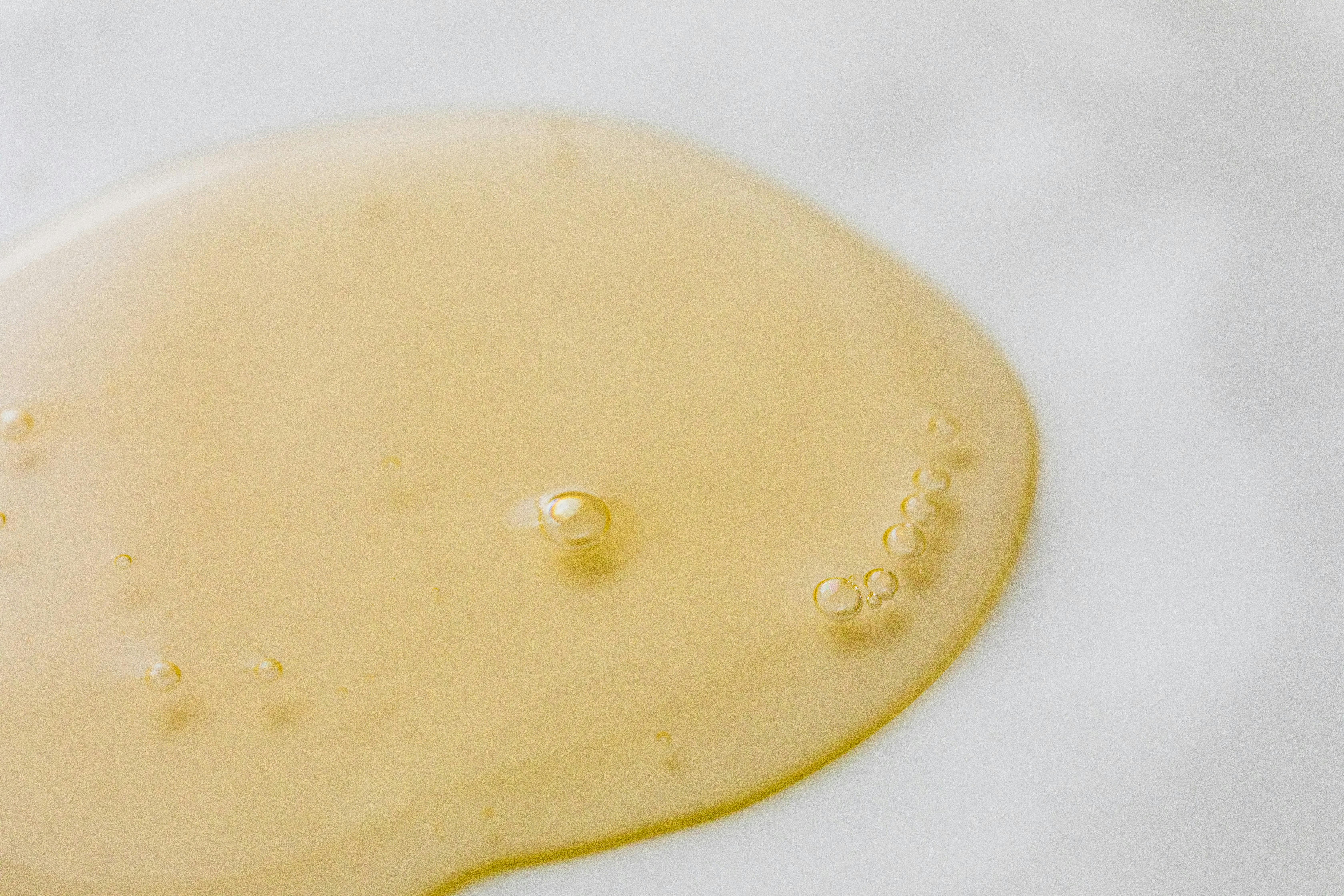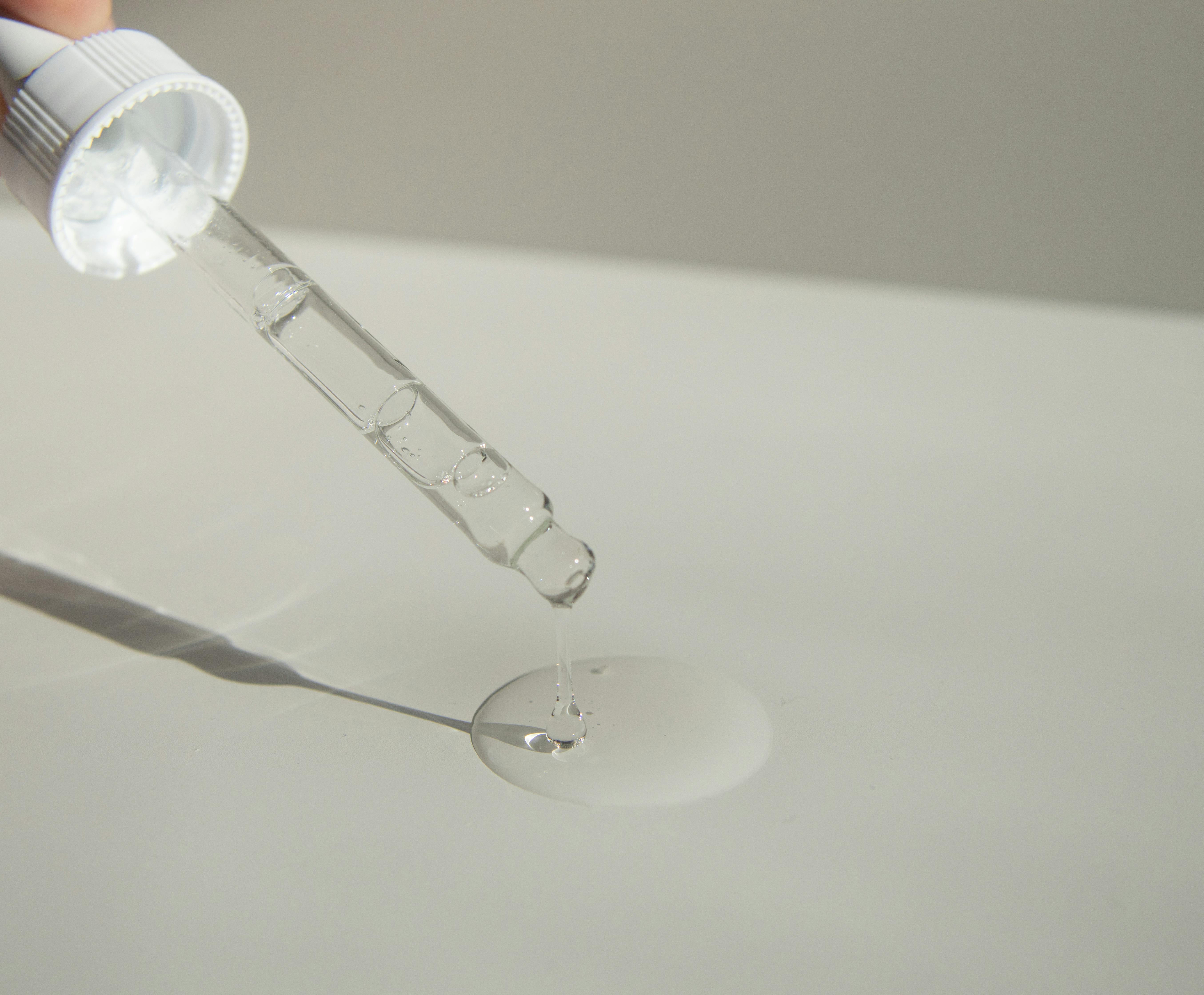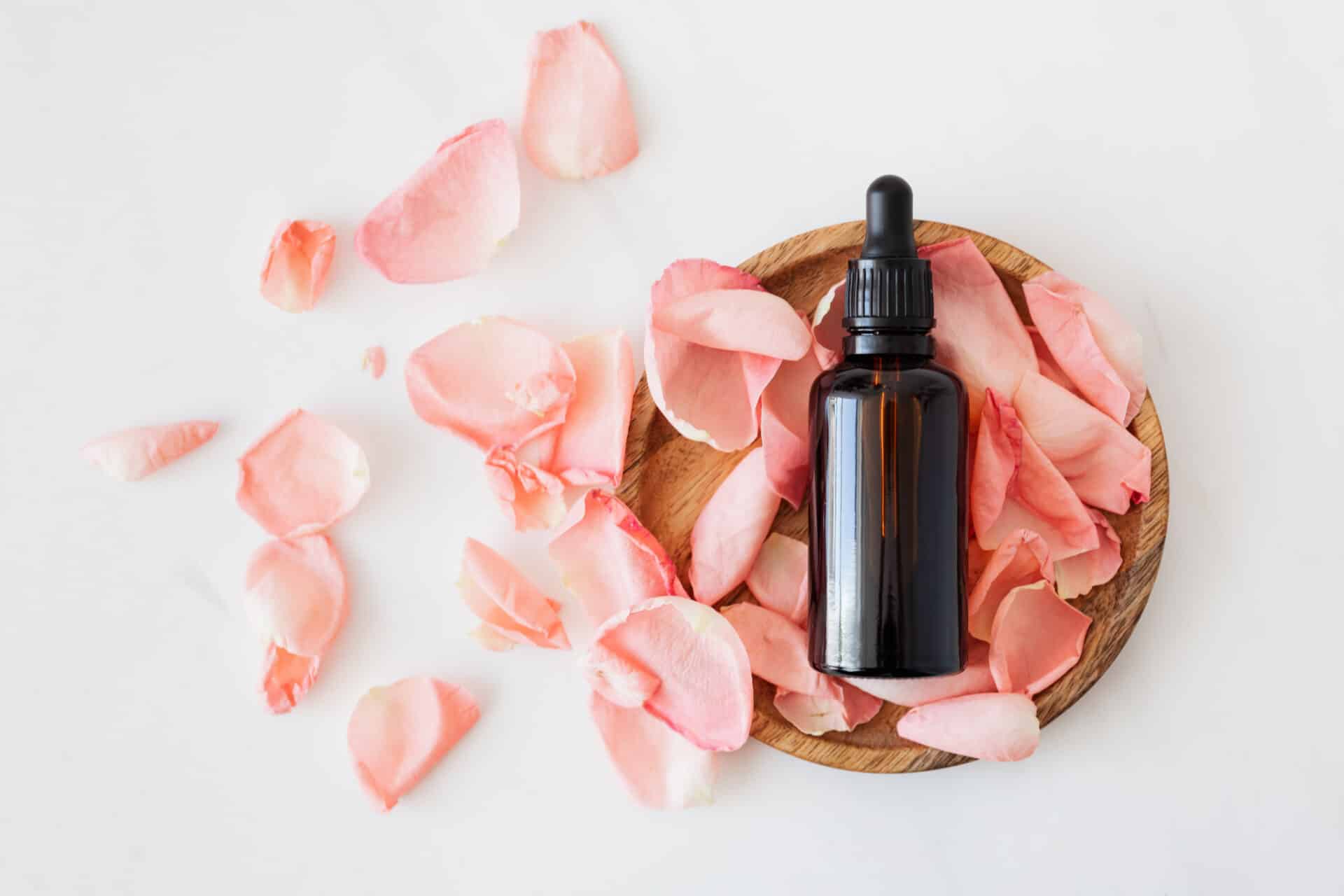Essential oils are highly concentrated plant extracts that are obtained by a process known as distillation. Distillation is a process of separating the different components, or molecules, of the oil from each other. It involves heating the plant material, either through steam or water, and then condensing the vapors into a liquid form. The different molecules that make up essential oils have different boiling points and so they are separated out during the distillation process. Essential oils can be used in aromatherapy, massage, topical applications, and other forms of holistic healing. They can also be used as natural fragrances in household products and cosmetics. In this article, we will explore how essential oils are distilled and what makes them so beneficial.Essential oil distillation is the process of extracting essential oils from plant material through steam or water distillation. The process involves the use of a still or distiller that vaporizes the volatile aromatic compounds in plants, creating steam that carries the oil up a condenser and into a receiving vessel. The resulting product is a concentrated essential oil, which is then used for a variety of applications in aromatherapy, perfumery and natural medicine.
Steam Distillation
Steam distillation is the most common method of essential oil distillation. In this process, the essential oils are extracted from the plant material by using steam. The steam helps to break down the plant’s chemical bonds and release its essential oils. The essential oils are then collected in a condenser and cooled, where they can be separated from the water used in the process. This method is often used for harder-to-extract oils such as clove, oregano, and thyme.
Water Distillation
Water distillation is another form of essential oil extraction. In this method, boiling water is used to extract the oils from the plant material. The steam that rises from this boiling water carries with it many of the plant’s volatile compounds, which are then separated from the water through cooling and condensation. This method is often used for softer-to-extract oils such as lavender and chamomile.
Solvent Extraction
Solvent extraction is a more complex process that involves using a solvent such as hexane or ethanol to extract essential oils from plants. In this process, the solvent is combined with the plant material in an extraction vessel and heated at a high temperature for several hours. After this process is complete, the solvent evaporates leaving behind only the pure essential oil. This method is often used for delicate floral fragrances like jasmine and rose.
Expression/Cold Pressing
Expression (or cold pressing) is another popular way to extract essential oils from plants. This method involves crushing or pressing fruits or seeds to release their volatile compounds in a more gentle way than other methods such as distillation or solvent extraction. Citrus fruits like oranges and lemons are commonly cold pressed to create their unique scents.
Carbon Dioxide Extraction
Carbon dioxide (CO2) extraction is one of the newer methods of essential oil extraction that has gained popularity in recent years due to its low environmental impact compared to other methods such as solvent extraction. In this process, carbon dioxide gas is passed through the plant material at high pressure causing it to break down into its component parts including volatile compounds which can be collected after cooling.
Steam Distillation
Steam distillation is a method used to separate and extract essential oils from plants. It is a form of distillation that utilizes steam to separate the aromatic compounds from plant material. The process works by boiling the plant material in water, which produces steam. The steam carries the volatile compounds from the plant material, which are then captured and condensed back into liquid form. This condensed liquid contains both the water and essential oils, which can then be separated and collected for use. Steam distillation is a gentle method that preserves many of the beneficial compounds found in essential oils, making it an ideal choice for those looking to take advantage of the therapeutic benefits of essential oils.
Cold Pressing
Cold pressing is a method of extracting oil from seeds and nuts without the use of heat or chemical solvents. The process uses an expeller press, which squeezes the oil out of the seed or nut at a temperature below 120° F. The process maintains the integrity of the oil, preserving its natural flavor, aroma and nutritional value. Cold pressing is often used to preserve delicate oils like olive, avocado and flaxseed, as well as for extracting seed oils from mustard and sesame. Some cold pressed oils are also known for their medicinal properties, such as castor oil and black seed oil. Cold pressing is typically used in commercial settings because it yields a higher quality product than other methods of extraction. It also allows for greater control over the consistency of the finished product.
The cold pressing process involves slowly crushing or grinding the material into fine particles before slowly pushing them through an expeller press to separate out the oil. As pressure is applied to the material, it releases its natural oils and fats which are then collected in a separate container. The result is a pure, high-quality oil that retains its natural aroma and flavor. Cold pressed oils are typically more expensive than their chemically processed counterparts due to their lower yield rate and higher quality standards.
Solvent Extraction for Essential Oils
Solvent extraction is a common method used to extract essential oils from plants. The process involves using a solvent, such as hexane, to separate the essential oil from the plant material. This method is typically used when other methods, such as steam distillation, are not viable. The main advantage of this technique is that it allows for the extraction of more delicate and volatile oils than other methods. The process can also be used to extract aromatic compounds from plants that cannot be extracted through steam distillation.
The solvent extraction process begins by grinding the plant material into a fine powder. This helps to ensure that the essential oils are evenly distributed throughout the plant matter. The ground plant material is then mixed with a solvent, such as hexane or ethanol, and heated. As the mixture is heated, the volatile compounds in the plant material begin to dissolve in the solvent and become suspended in it.
Once all of the essential oils have been extracted from the plant matter, the resulting solution is filtered through a series of screens or filters to remove any impurities or solids that may be present in it. The filtered solution is then evaporated off and the resulting concentrate can be collected for further processing or use. It is important to note that some of the aromatic compounds contained in essential oils may be lost during this process due to their volatility and sensitivity to heat.
Solvent extraction is a useful method for extracting essential oils from plants as it allows for more delicate and volatile oils to be extracted than with other methods such as steam distillation. It also allows for more efficient extraction of aromatic compounds from certain types of plants that cannot be extracted through steam distillation. However, it should be noted that some of these volatile compounds may still be lost during this process due to their sensitivity to heat and volatility.

Steam Distillation
Steam distillation is a widely used method for extracting essential oils from plant material. It involves boiling the plant material in water and collecting the resulting steam, which contains the essential oil. The Pros of this method include its ability to preserve the delicate aromatics and volatile compounds of the oil, as well as its efficiency. Steam distillation is also relatively inexpensive and can be done on a large scale. The Cons of this method include its potential to damage some of the more delicate compounds in the oil, as well as its need for large quantities of water, which can be a problem in some areas.
Cold Pressing
Cold pressing is another popular method for extracting essential oils from plant material. This process involves grinding up the plant material and using pressure to extract the oil from it. The Pros of this method include that it preserves more of the delicate aromatics and volatile compounds than steam distillation, and it also produces a higher quality oil. The Cons of this method include that it requires specialized equipment, which can be expensive, and it takes longer to produce an oil than with steam distillation.
Solvent Extraction
Solvent extraction is a less common but still effective way to extract essential oils from plant material. This process involves using a solvent such as hexane or ethanol to extract the oil from the plant material. The Pros of this method include that it can produce higher yields than other methods, and it also preserves more delicate aromatics and volatile compounds than other methods. The Cons include that it requires specialized equipment, which can be expensive, and there is potential for contamination with toxic solvents if not done properly.
How to Choose the Right Type of Essential Oil Extraction Method?
Essential oils are highly concentrated liquids extracted from plants for a variety of uses. There are several methods of extraction used to obtain these essential oils, depending on the type of plant material and the desired result. Selecting the right method can be tricky, so it’s important to understand the various processes and their advantages and disadvantages.
Steam distillation is one of the most popular methods for extracting essential oils. It involves heating plant material in a closed vessel with water and then collecting the steam that is produced. The steam carries with it volatile compounds from the plant material and can be condensed into an oil-water mixture that can be separated by distillation. This method is effective for extracting a wide range of aromatic compounds from plants such as herbs, flowers, and bark. The main disadvantage is that it can take a long time to complete, which may affect the quality of the oil.
Solvent extraction is another popular method used to extract essential oils from plant material. In this process, a solvent such as hexane or ethanol is used to extract volatile compounds from plants. The resulting mixture is then filtered and concentrated into an aromatic liquid that contains both essential oil and solvent residue. This method yields higher concentrations of volatile compounds than steam distillation but requires more processing time and chemical solvents that may have adverse effects on health when ingested or inhaled in large quantities.
Cold pressing is also used to extract essential oils from plants such as citrus fruits. In this method, pressure is applied directly onto plant material in order to release its volatile compounds. This process does not use any heat or chemical solvents, making it more environmentally friendly than other extraction methods. Cold pressing yields a more potent oil with fewer impurities than steam distillation or solvent extraction, but it requires specialized equipment which can be expensive.
When selecting an essential oil extraction method, it’s important to consider factors such as cost, efficiency, safety, environmental impact, and desired results. Each method has its own advantages and disadvantages so it’s important to choose wisely based on your specific needs and context.
Common Uses of Essential Oils
Essential oils are highly concentrated, potent liquids that are extracted from plants and have numerous therapeutic properties. They can be used in a variety of ways to support health and wellness. Some of the most common uses for essential oils include: aromatherapy, massage therapy, skincare, relaxation, and natural cleaning products.
Aromatherapy is the practice of using essential oils to support emotional and physical wellbeing. The aromatic compounds from the oils can be applied directly to the skin or inhaled through diffusion to help reduce stress, improve moods, and promote relaxation. Massage therapy is another popular use for essential oils. Therapists combine these potent liquids with carrier oils such as coconut oil to help reduce body tension, promote circulation, and alleviate pain.
In addition to aromatherapy and massage therapy, essential oils have also been used in skincare products to moisturize and nourish the skin. These powerful compounds can also help reduce inflammation and treat acne breakouts when combined with other natural ingredients such as honey or aloe vera gel. Finally, many people use essential oils in homemade cleaning products as a safer alternative to conventional chemical-based cleaners. Essential oil-based cleaners are great for getting rid of bacteria on surfaces as well as leaving a pleasant scent behind.

Conclusion
Essential oils are an amazing natural resource that provides a myriad of benefits. Distillation is the primary method used to extract essential oils from plants, and it has been used for centuries. The process utilizes heat, steam, and pressure to separate the compounds from the plant material, and it is a very effective way to obtain pure, high-quality essential oils. Essential oil distillation is not a simple process, but when done correctly it can produce some of the best quality essential oils available.
For those looking to use essential oils in their home or business, knowing how they are distilled will help ensure that you are getting the highest quality product possible. Essential oil distillation is an important part of understanding how these amazing natural remedies can be used to improve our lives.

